Community triumph over developers
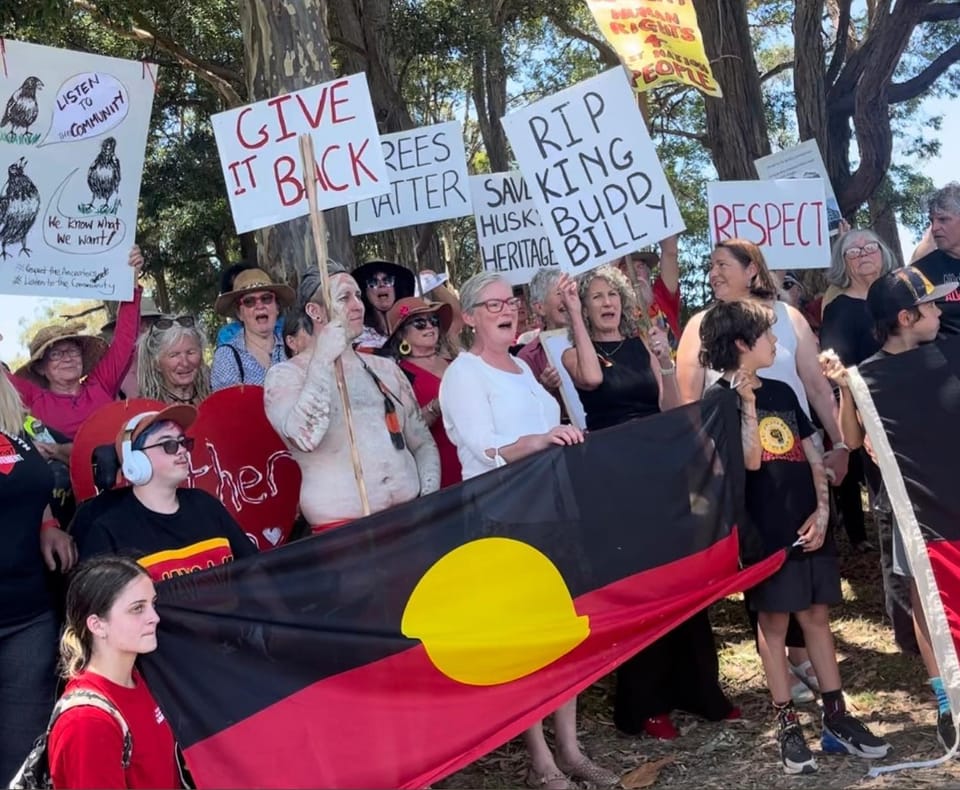
by Cat Holloway /
The unholy row over protecting Huskisson’s old Anglican Church site from development is over.
But according to Huskisson Heritage Association (HHA) President, Shirley Fitzgerald, the Council’s vote to heritage list the Holy Trinity church, graveyard and surrounding land promises an exciting new beginning for the Jervis Bay community.
Heritage listing was supported by six votes to five during Shoalhaven Council’s meeting on Monday, March 11 following a community consultation process in which 100 of the 102 submissions favoured heritage listing.
But the landowner, Steve Bartlett, who also owns the Huskisson Hotel, said it was “impossible for people to understand the huge economic loss to the region” of leaving the land undeveloped.
Bartlett said he and his Canberra partners, DOMA Group, “can now do nothing” on the 6000 sqm site. He plans to leave the Shoalhaven partly as a result of the personal attacks he claimed he and his family had experienced in person and through social media during the long-term controversy over his plan to build serviced apartments, a conference centre and backpacker accommodation.
That development plan was withdrawn in 2022. But in 2019 and 2020 the adjacent church hall was demolished and several large trees were cut down, sparking passionate protest and significant backlash against Bartlett, especially from some indigenous representatives.
“This town will continue to degrade,” said Bartlett who also co-owns Jervis Bay Distilling with his son, Robert.
“The community will be wallowing in their own mire.
“The misrepresentation of my goals is awful. I was made out to be nothing more than a greedy, white-shoe-brigade developer.
“They pointed the bone at my family. My wife was abused, my children harassed.”
Fitzgerald vehemently denied HHA members were involved in any personal attacks on Bartlett and said the violence that did occur came from aggressive police who attended campaign events.
One local resident, Joanne Warren, received a formal apology and a $60,000 compensation payout from NSW Police after she was handcuffed and detained during a peaceful protest in 2020. Another resident, Akira Kamada, said his shoulder was seriously injured by police who threw him to the ground and arrested him for trespassing.
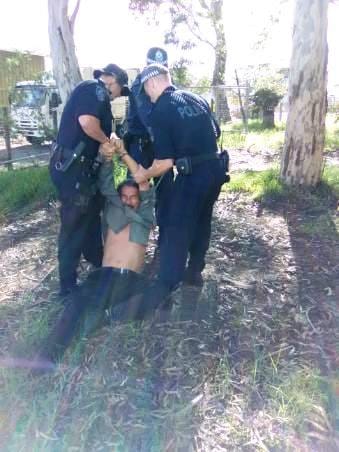
Despite these individual cases of conflict, Fitzgerald said it was “phenomenally wonderful” the way the heritage campaign had brought the population of Huskisson together.
She said historical studies of NSW showed the Shoalhaven had an especially poor record of racism, but the effort to save the Husky Church and gravesites had proved a touchstone for reconciliation between Jervis Bay’s indigenous and white people.
“The whole community is so excited - and feeling empowered,” said Fitzgerald, formerly a historian for the City of Sydney who has spent the last six years leading the campaign to save Husky church.
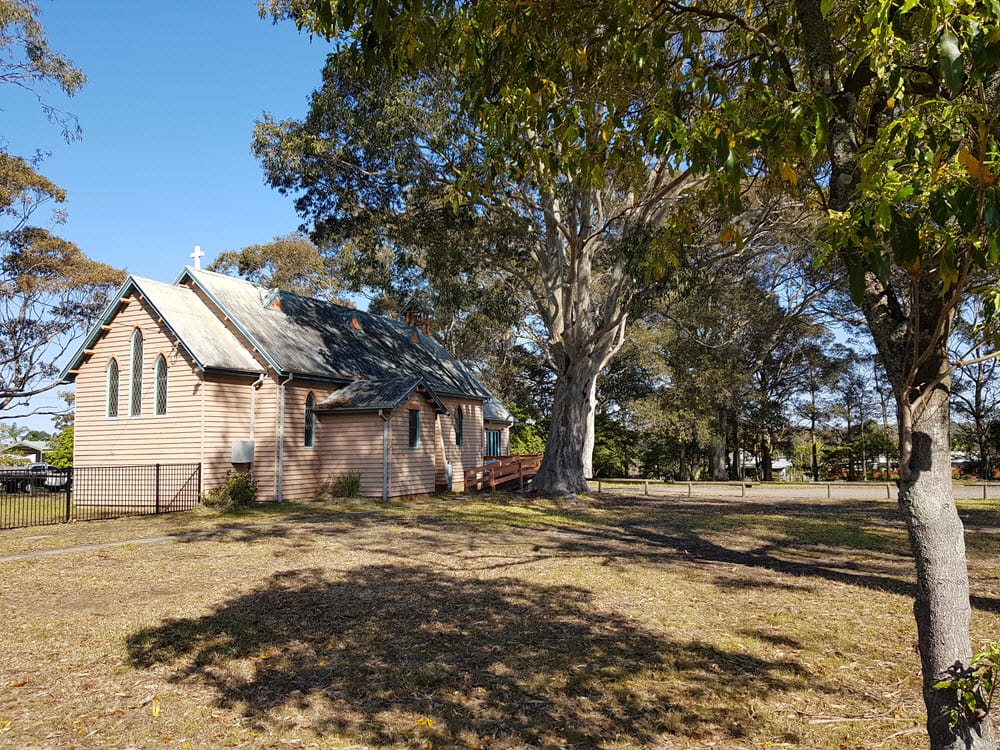
She said that a heritage listing wouldn’t force the landowner to maintain, clean or repair the property. She said HHA would start exploring how to have the construction fence on the property removed since no construction is happening there.
“I cannot tell you the number of people who say they just want to hear the church bell ring out again across our village.” Fitzgerald said.
“Wouldn’t it be great to find a benefactor who could buy this land from the current owners and give it back to the community?
“That’s not a fantasy, there are wealthy people who care greatly about heritage.
“Heritage listing isn’t about stopping all development. But we have to be creative and flexible and explore low-key tourist-friendly development.
“The places people want to visit across the world are the places that value their heritage and preserve their history.
“You don’t destroy heritage sites to get infrastructure and development.”
Fitzgerald said the site was “enormously complex” and suggested the existing SP2 Special Purposes zoning could see the location, with its views across Huskisson to Currumbene Creek and Myola, become a cultural centre and village square supporting events such as weddings, funerals and public gatherings.
She said the heritage campaign illuminated several important aspects of the location including old-growth trees, the historic architect-designed church, the geology and especially the combination of indigenous and settler history recorded in the confirmed gravesites.
The most famous of the graves belongs to Aboriginal leader and police tracker, James Golding, known as ‘Budd Billy II, King of Jervis Bay', who was born around 1815 and died in 1905. His wife, Mary, lived to over a hundred and is buried at the traditional indigenous women’s graveyard in Myola. (The name ‘Budd Billy’ is an Anglicisation of madbili meaning ‘possum-skin rug’.)
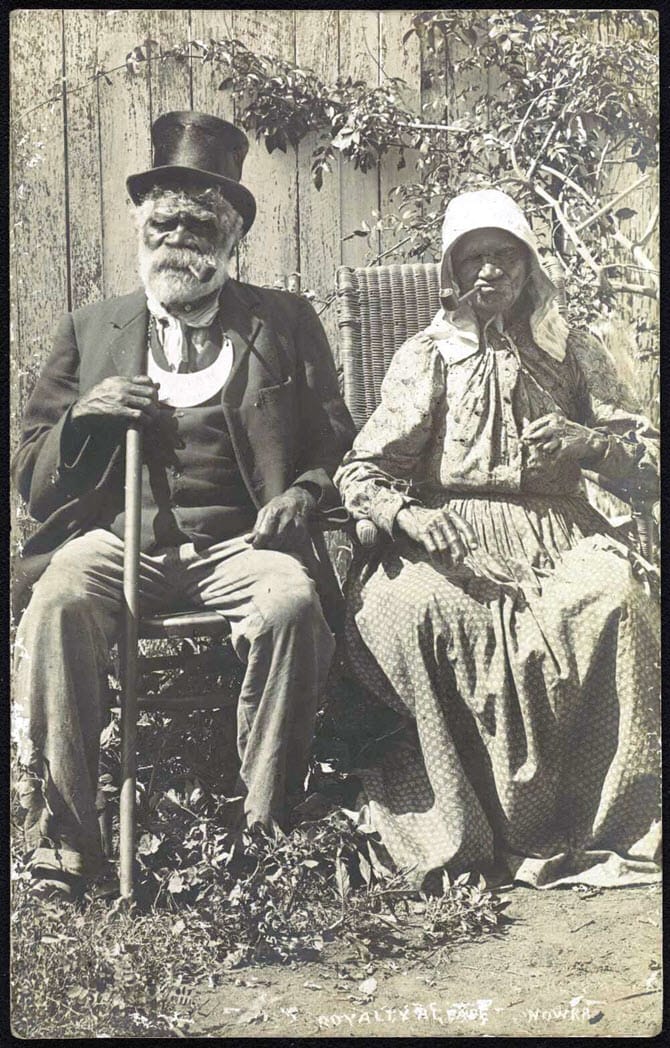
The number of gravesites remains contentious. Bartlett claimed that ground penetrating radar confirmed just 5 burial sites in a small area near the church, while Fitzgerald said Hunter Geophysics had identified 58 likely gravesites plus 15 more possible on the hilltop dating back to pre-contact times.
“The church and graves were never under threat from my plan,” said Bartlett.
“But economics form a part of every community - we needed to find a way.”
Bartlett said Council should have required an economic impact assessment before deciding on a heritage listing of the entire site “to satisfy interest groups”.
He estimated his plan would have created 100 jobs and had an economic multiplier effect worth around $500 million. But he said he would not challenge the outcome in the Land and Environment Court.
Councillor Evan Christen, in recommending heritage listing, said that the community struggle was long and hard and represented an important coming together of indigenous and settler history.
“This doesn't sterilise the site, but proposals must be considered with heritage in mind.”
Speaking to Jane Richter on Triple U radio’s Community Access program, Cr. Christen said that the council is often unfairly blamed for holding back development. He said planning controls are not the only hurdle to creating housing and commercial opportunities.
Christen cautioned against allowing tourism projects to “bring in dollars” while also distorting property values such that businesses cannot find employees because employees have nowhere to live.
In his council deputation before the heritage vote, Jerrinja elder, Uncle Noel Wellington, said his ancestors and many white people were buried on the Huskisson land, part of which is owned by the Jerrinja Aboriginal Land Council (JALC).
Wellington said he was not well educated but he had “a good understanding of right from wrong”.
“It’s not a huge area, but if it was protected, that would be the only right thing to do as far our people go.”
Shirley Fitzgerald in her council deputation said this “gem of a site” highlighted that cost is different from value.
“The owners knowingly bought a graveyard on land zoned for religious purposes."
She said that most indigenous heritage legislation is focused on pre-contact, but the Huskisson church site is a reminder that “we share an entangled, rich and ongoing history together.”
Councillor John Kotlash, in summarising the remarkable history of Huskisson’s hilltop burial ground, said the Anglican Church was exempt from paying rates for over 100 years of ownership.
“The land was gifted to the Anglican Church to tend to the spiritual guidance of the community.”
“It turns out this is a great way of transferring wealth from indigenous peoples across the world to the church and then on-selling it to developers.
“Just like land banking, but it was stolen in the first place.”
Cr Kotlash said the Husky Church story “has the underpinnings and characters of a fine Netflix series”.
“It’s got it all…history, community, developers, conflict, police arrests and indeed violence. A plucky historian and researcher, the establishment of a community group, a mystical, spiritual place, indigenous history.”
Kotlash said Council’s job was to mediate between the Canberra developers and local community and he urged councillors to vote with integrity regardless of previous alliances.
“It is very likely this decision will be looked at very closely for a very long time.”
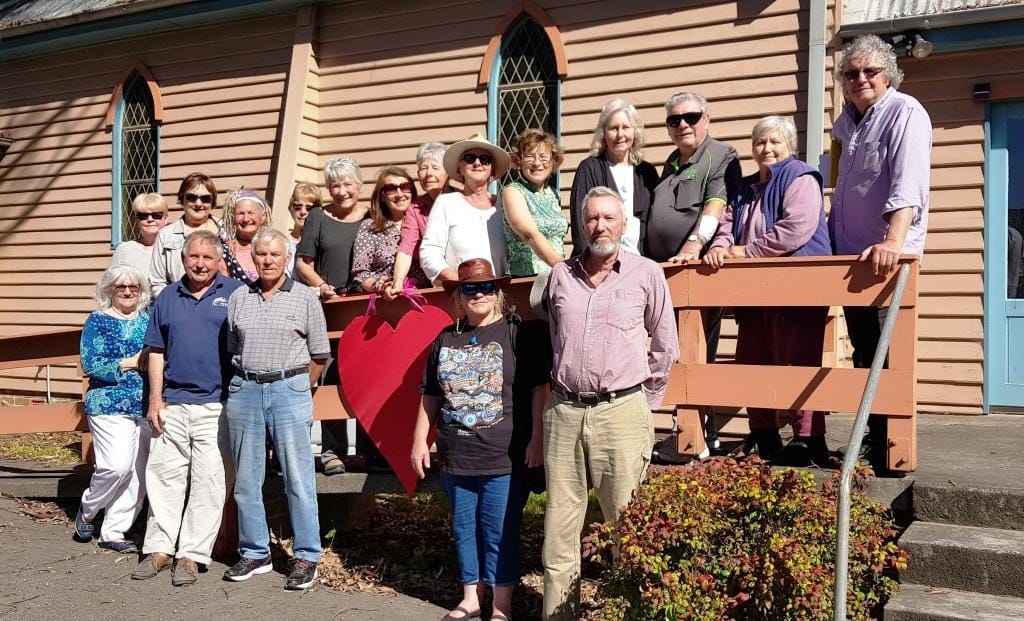

Member discussion